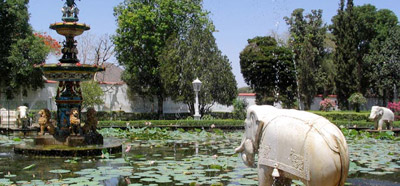
Udaipur is city of lakes and gardens, big and small. The Sahelion-ki-Bari is a fine specimen. On the eve of his departure from Mewar, Col.Tod had shifted to it so as to have some needed solitude. Much later, a thoughtful had located a library in it !
This small ornamental garden was a popular relaxing spot where royal ladies came for a stroll and hence the name. The garden has many fountains in its four delightful pools, chiselled kiosks and marble elephants.
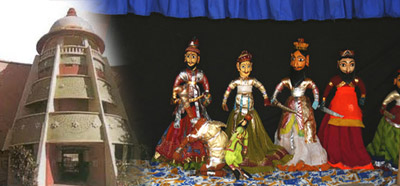
The interesting collection exhibited by this Indian folk arts museum includes folk dresses, ornaments, puppets, masks, dolls, folk musical instruments, folk deities and paintings.
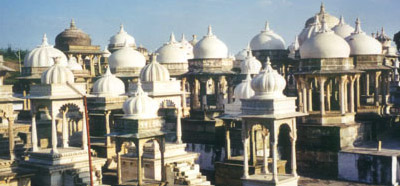
The ancient capital of Sisodias, 3 km from Udaipur, Ahar boasts of a profusion of royal cenotaphs of the rulers of Mewar. A rare collection of antiquities including earthen pots, iron objects and other art items excavated in the region are displayed in a small govenment museum.
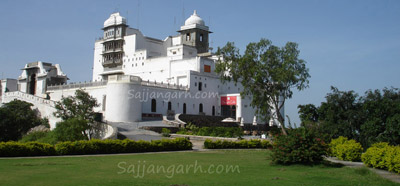
A former Monsoon Palace 1100ft. high above the surrounding and 3100 ft. from sea level was built by Maharana Sajjan Singh in 1884. The palace looks its best during the rainy season. It offers a panoramic overview of the city's lakes, palaces and surrounding country side.
The hillside is thickly wooded and the former rulers maintained this as a royal shooting preserve.
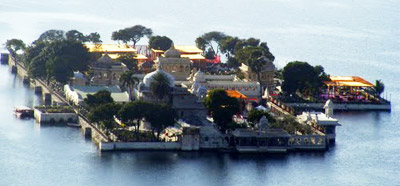
In the middle of lake Pichhola is the island palace Jag Mandir where prince Khuman Singh Later known as emperor Shahjahan who built world fame Taj Mahal, sought refuse from his father emperor Jahangir. This three story building was completed by Maharana Jagat Singh Ist in 1652 A.D.
In the mutiney of 1857 A.D., the Indian regiments stationed at Neemach (M.P.) rebelled. English officers and women with their children had taken refuge in a village named Dungla, Maharana Swaroop Singh had then brought to Udaipur in safety and then kept them in comfort on the island of Jag Mandir untill order was restored.
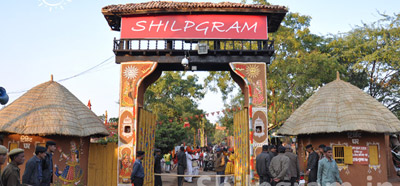
West Zone Cultural Centre in Udaipur has set up an artisan's village called - Shilpgram, 3 Kms west of Udaipur. It is a living ethnographic museum depecting life style, traditions, customs and folk arts of the rural and tribal people of the states of Rajasthan, Maharashtra, Gujrat, Goa, Daman, etc. There are several huts constructed in the traditional architectural style using mud and local building material to reflect the geographical and ethnic diversity of the different states of west zone of India.
The rural artisans and folk artists reside here and perform in the natural surroundings in a village environment. Every year, more than a lakh visitors visit this village which is spread out in an area of 55 acres, surrounded by Aravali mountains. The Shilpgram Utsav organised every year from 23rd December to January 1st, attracts massive crowd creating a scene of rural market fair and festival with live performance of folk artist from different parts of the country. The Terracotta Museum, the museum of masks, folk and musical instruments are of particular attraction. More about Shilpgram and Shiplgram Utsav (Festival).